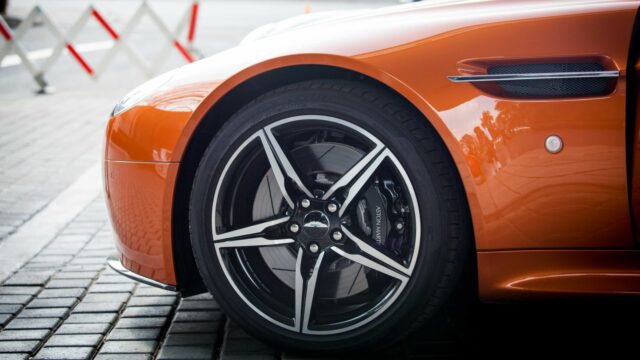
Consider these tires when getting you car ready for summer Germany's ADAC tested and rated the tires available on sale in 2017 in Europe, so here's what rubber you should…
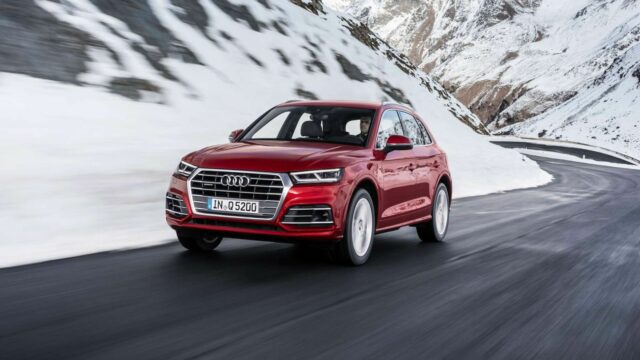
Here’s our essential winter tire guide A quick glance at the calendar and you’ll see the cold season won’t take its time before covering the roads with ice, snow and…
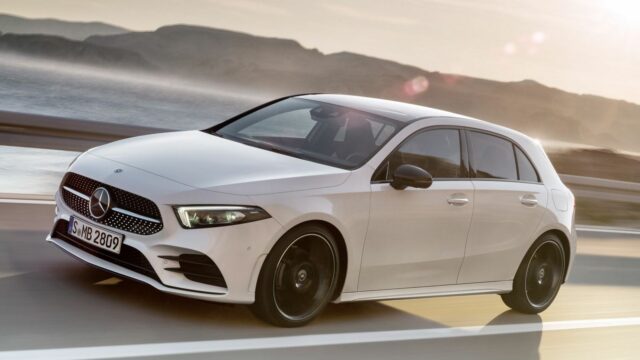
Europe’s Best in Class cars are also some of the safest cars in history If you look for safety, look no more: these are the safest cars that were tested…
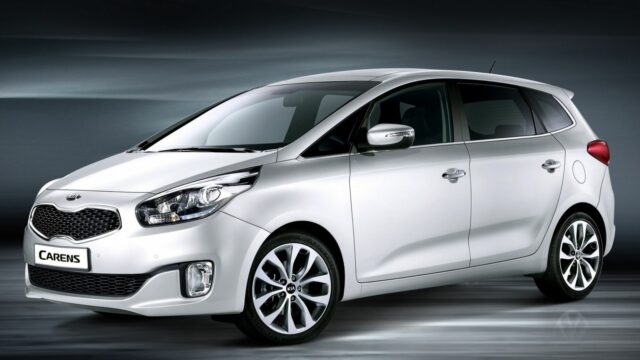
We set out to find the best seven-seat MPVs on sale this year in Europe The market share for MPVs has been shrinking significantly in recent years in most regions…
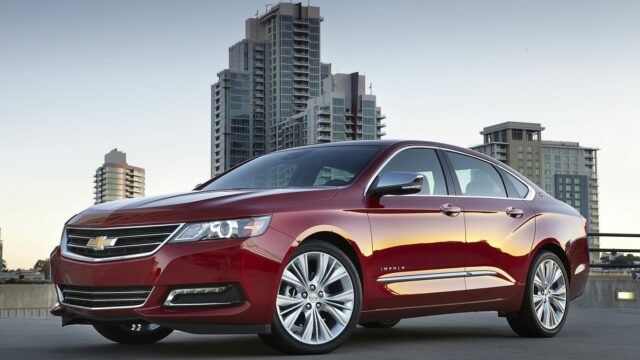
Here’s what car you should buy this year Consumer Reports has chosen the ten best new cars to have in 2017, judged on offerings like safety, reliability and customer satisfaction….
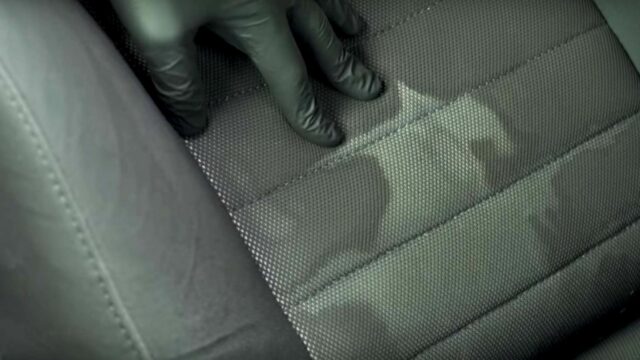
This must be the most efficient, least expensive solution If you own a car and like to drink stuff inside the cabin, you're bound to spill some of that on…

These hacks will save your day Getting your car ready for the daily commute might be a piece of cake in the summer, but winter throws all stuff at you…